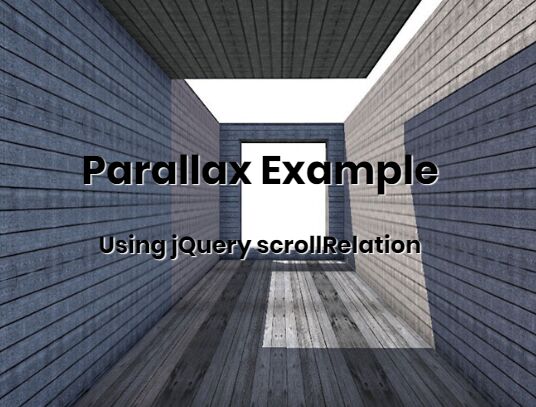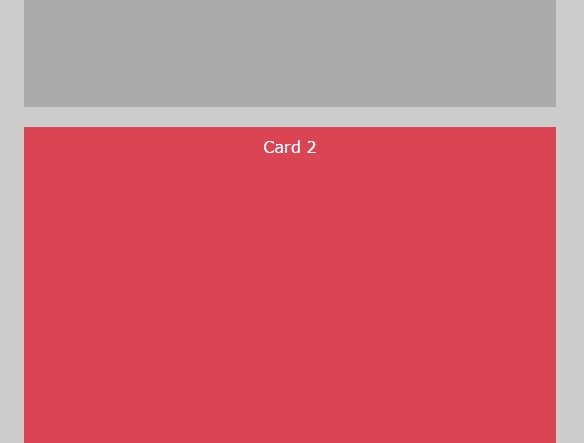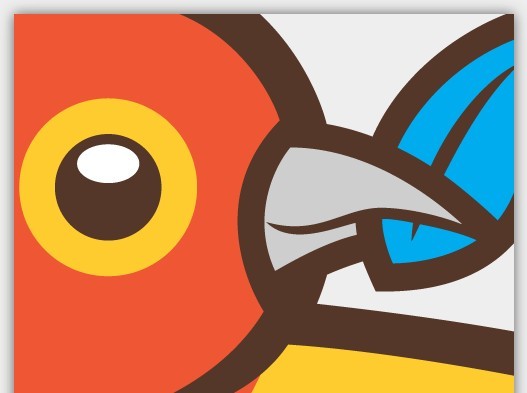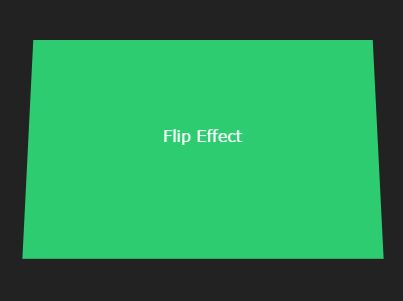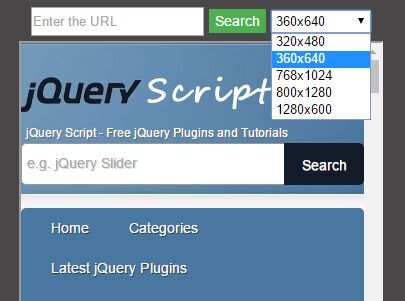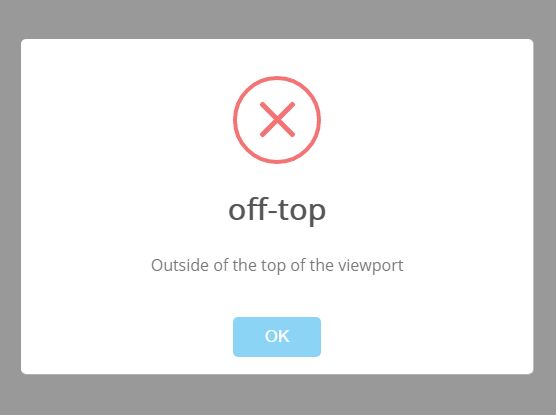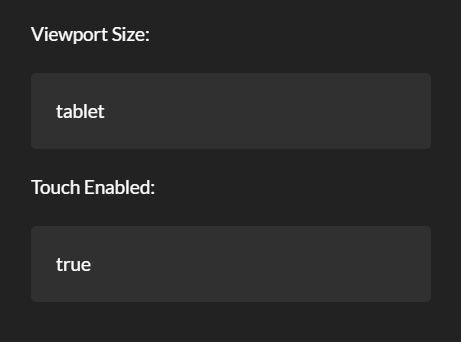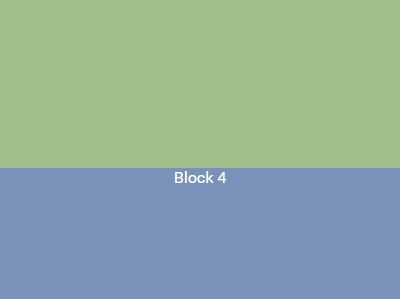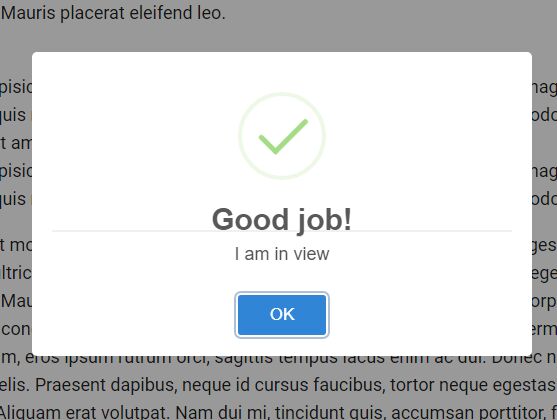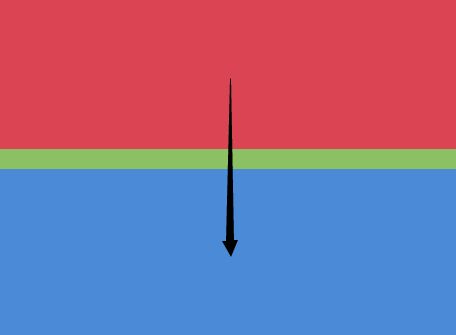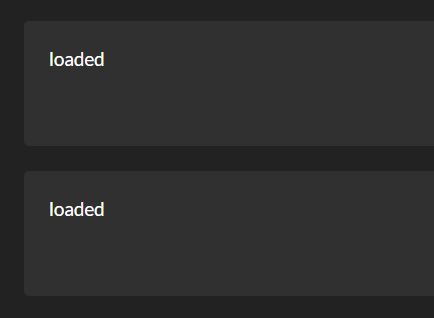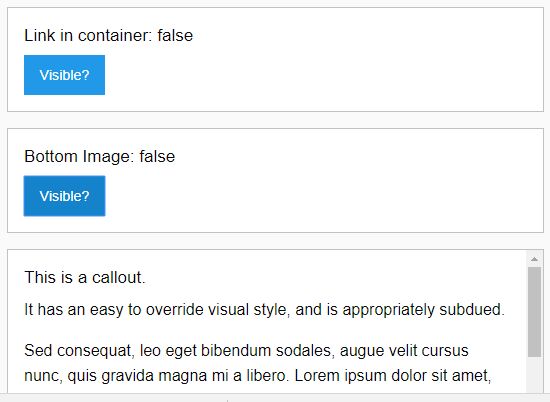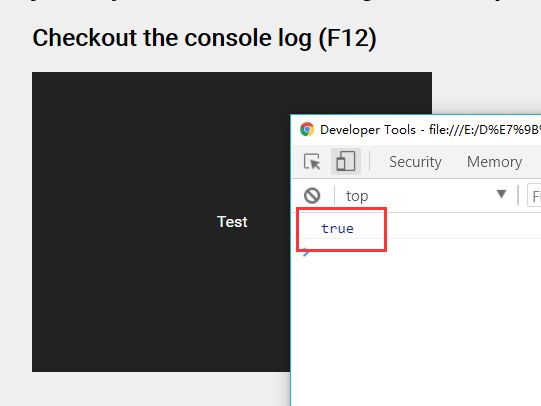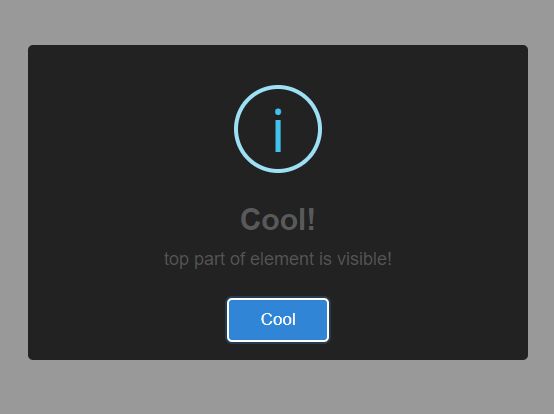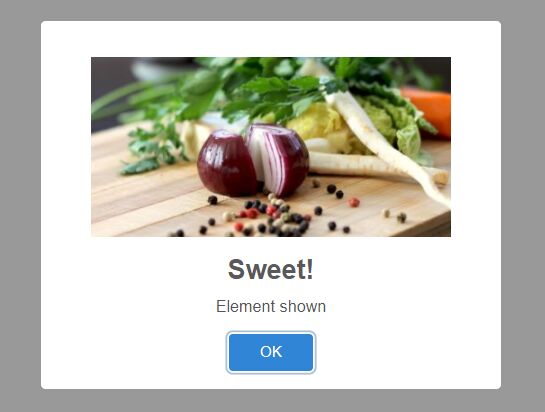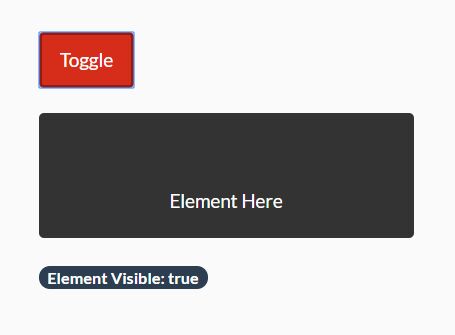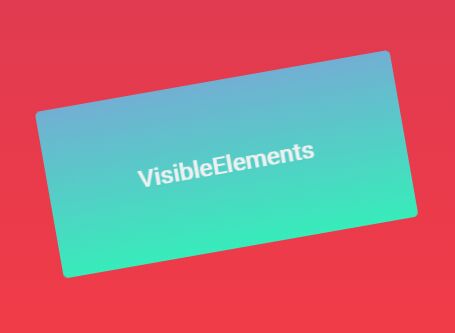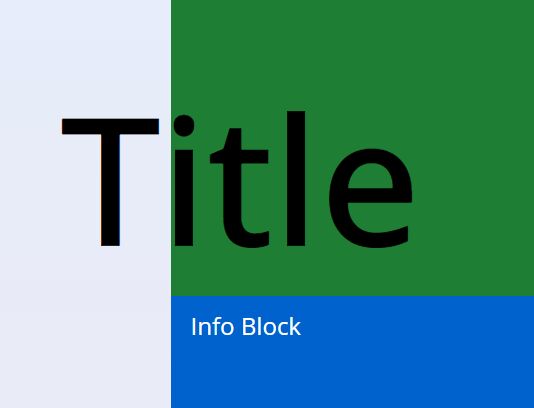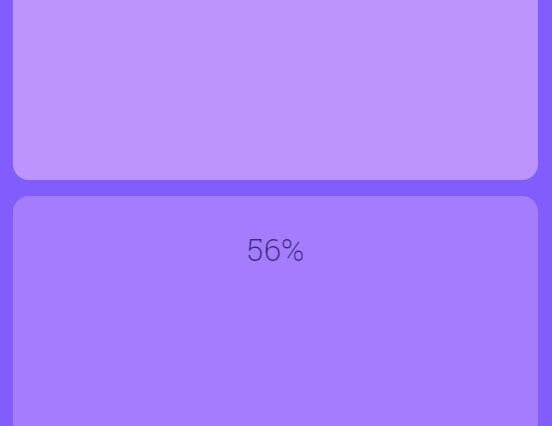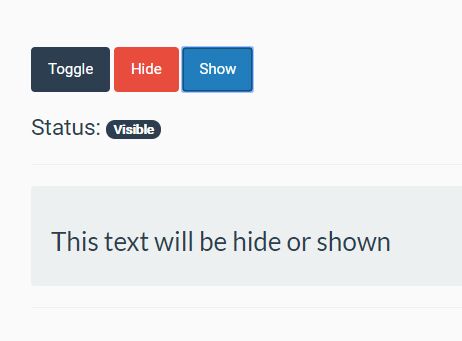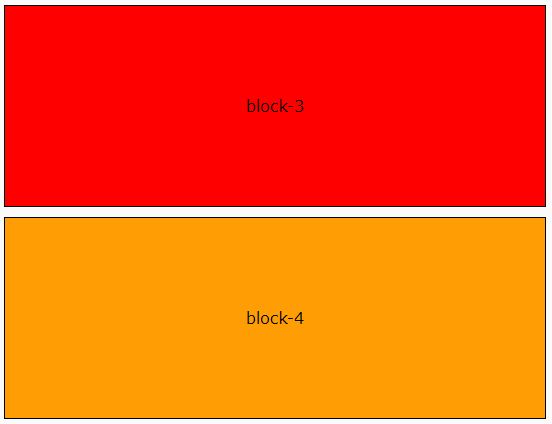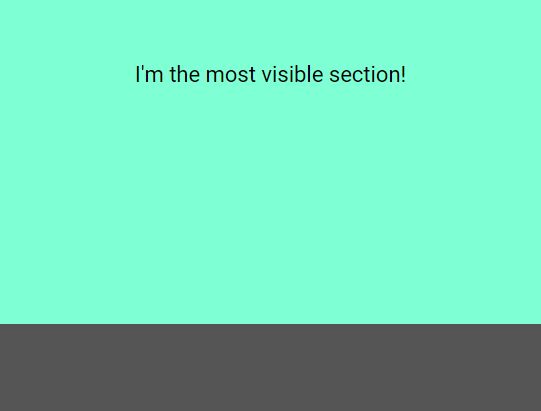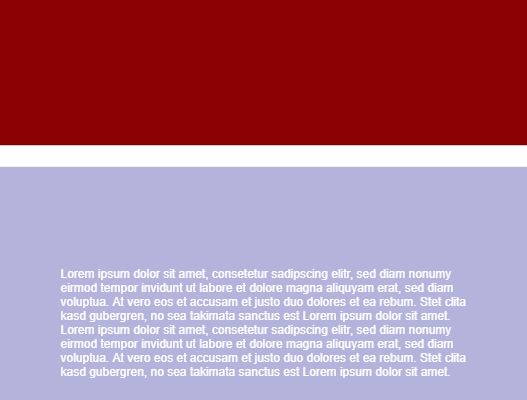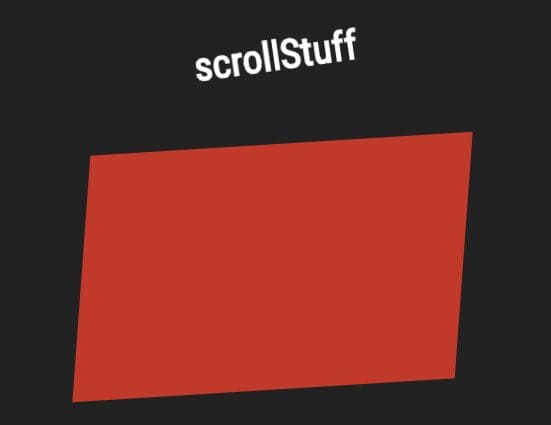jQuery scrollRelation
A jQuery plugin for determining element visibility percentage and/or viewport position from a page's scroll position.
This simple and powerful plugin can be used to create scroll-based element changes or triggers. You can use it to create simple custom parallax interactions, scale properties, or even tween animations.
Quick Start
Distribution is in the works. For now, download the
jquery.scrollRelation.min.jsfile and include it in your projects after jQuery.
<script type="text/javascript" src="/path/to/jquery.scrollRelation.min.js"></script> Examples
Check out the examples index at the demonstration page.
Documentation
The simplest usage is to call the function from a jQuery selector with no additional parameters. This defaults to the middle functionality described below.
$('#myElement').scrollRelation(); Return Values
You will get a floating-point number between -1 and 1.
- A return value of
0means the element is perfectly aligned with your target (in this case, the middle of the viewport and the middle of your element) - A return value of
-1means the element is completely above the viewport - A return value of
1means the element is completely below the viewport
The values reflect that lower numbers of pixels equal a higher position in the document, complimenting many custom effect calculations.
Inversion
If the opposite return value is more beneficial to your calculations, provide an invert property in the config object like shown below:
$('#myElement').scrollRelation({ invert:true }); Relation Options
$('#myElement').scrollRelation({ relation:'middle' }); - The
middlevalue (or omitting therelationoption) will return0when the middle of the viewport and the middle of your element are aligned.
$('#myElement').scrollRelation({ relation:'top' }); - The
topoption will return0when the top of the viewport and the top of your element are aligned.
Originally intended for tweening header elements or triggers at the screen's top
$('#myElement').scrollRelation({ relation:'bottom' }); - The
bottomoption will return0when the bottom of the viewport and the bottom of your element are aligned.
Originally intended for tweening footer elements or triggers at the screen's bottom
Element Height
By default, jQuery's outerHeight() function is used to determine the height of your element. If this does not meet your needs, simply supply your own function in the config object as demonstrated below:
$('#myElement').scrollRelation({ height:function(){ return this.innerHeight(); } }); In the above height function,
thisis the jQuery object created by your selector. Return the number of pixels to be used in the scrollRelation calculation.
Roadmap
- Provide more examples
- Create a distributed package (npm, cdn, etc)
- Create more options, such as caching element size to further improve performance
